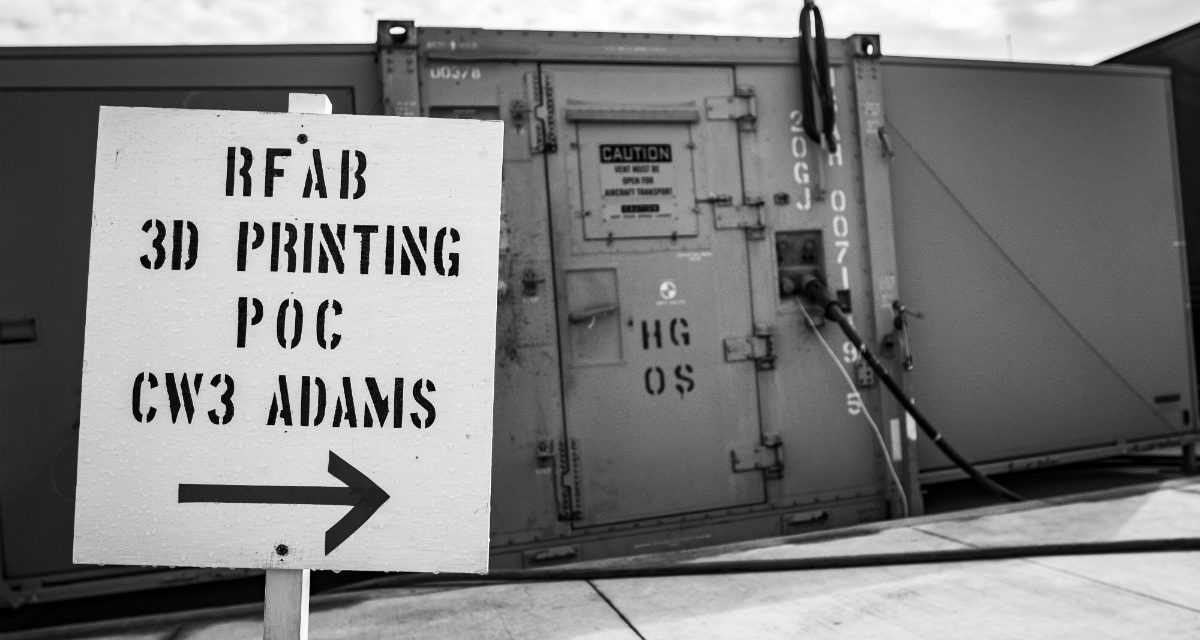According to the Global Terrorism Database (GTD) and IHS Markit, IS orchestrated between 41-76 alleged chemical attacks, mostly involving chlorine and sulphur mustard, in Iraq and Syria between 2014-2017 at the height of its operations. Unprecedented in scale then, it was also likely the first time an Islamist terrorist group had successfully assembled and deployed chemical payloads on projectiles.
CBRN attacks still constitute a terrorism risk in Southeast Asia and beyond. In 2017, Indonesian authorities foiled a plan by a pro-IS Jamaat Ansharud Daulah (JAD) cell to build a radiological dispersal device with uranium-233. In the same year, two IS-linked brothers attempted to use hydrogen sulphide in a foiled attack in Australia. A year later, European authorities disrupted three bio-terror plots by alleged IS-linked elements involving the use of ricin and anthrax. And this October, Indonesian authorities again foiled a suicide attack plot by IS elements using abrin-filled explosives.
Intent, Capability and Opportunity
In counter-terrorism, threat calculations are usually based on the traditional Intent, Capability and Opportunity triad framework. Notwithstanding the absence of any chemical attack claims, IS has justified the use of CBRN weapons in its propaganda materials. The launch of a bio-terror campaign by a pro-IS media outlet, al-Abd al-Faqir Media, in July and August 2018 respectively, is one of the more recent expressions of this continued intent.





/arc-anglerfish-arc2-prod-mco.s3.amazonaws.com/public/FQ3YGB25ZRAMBGHALWMTBKW3CI.jpg)